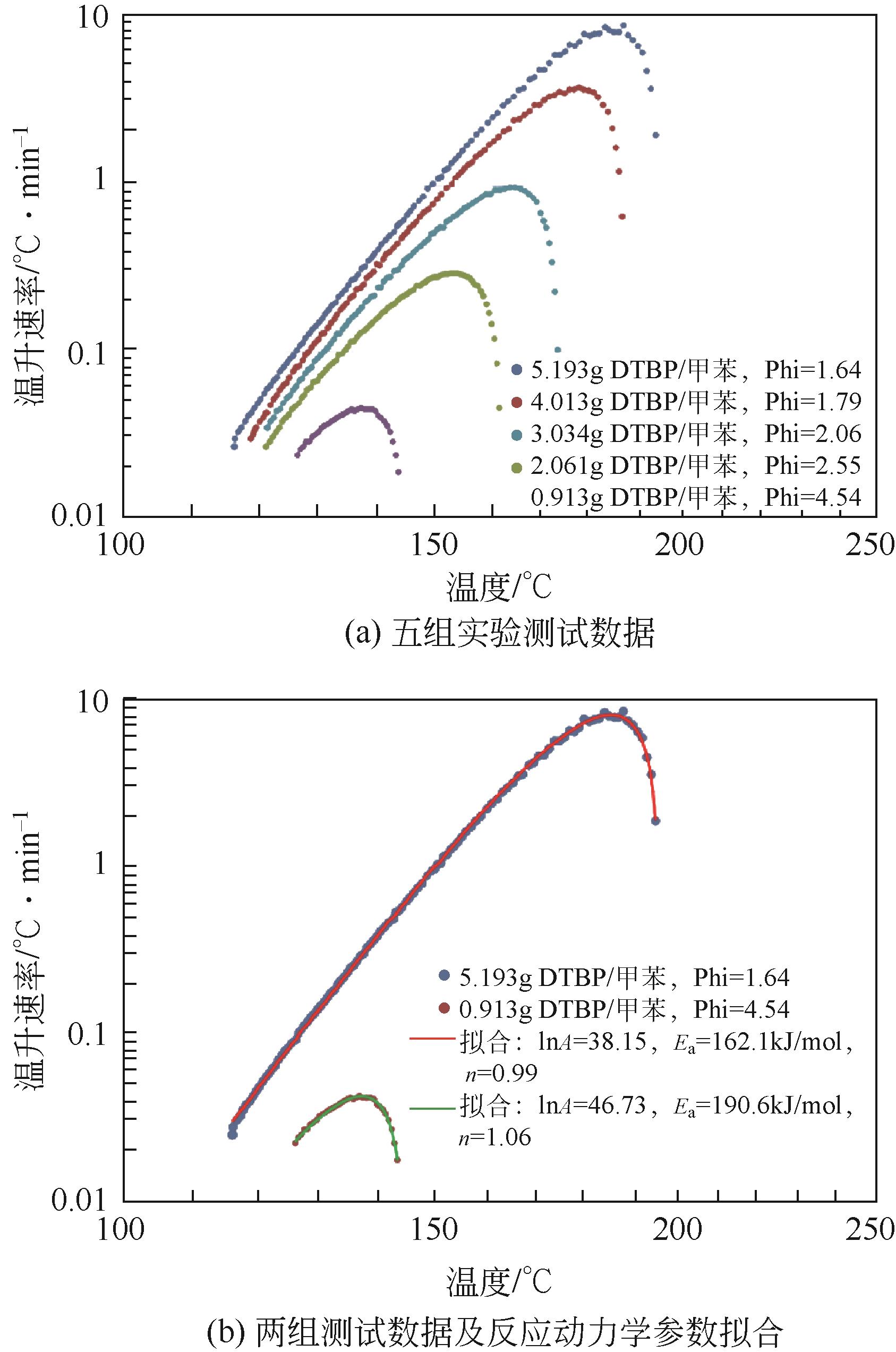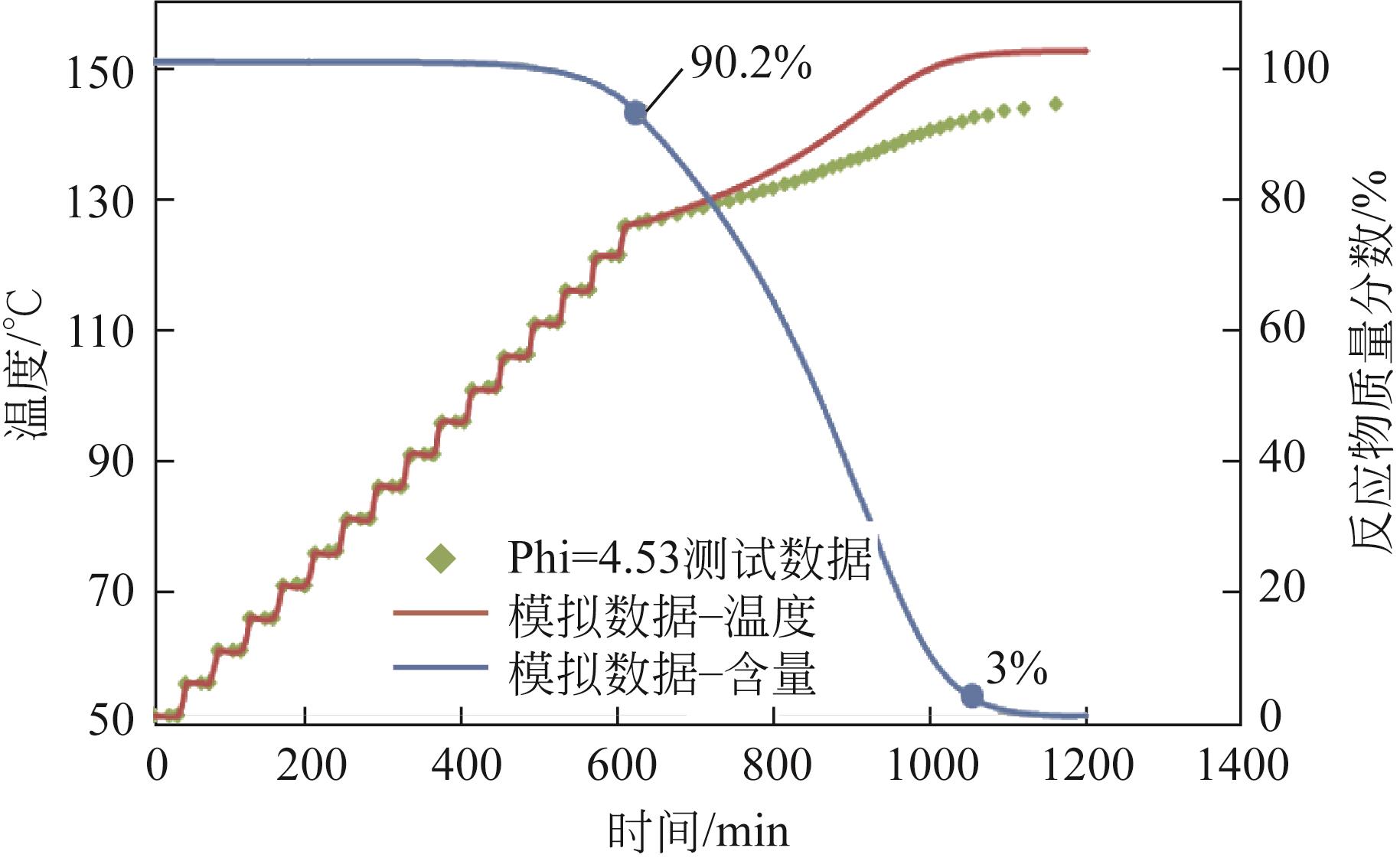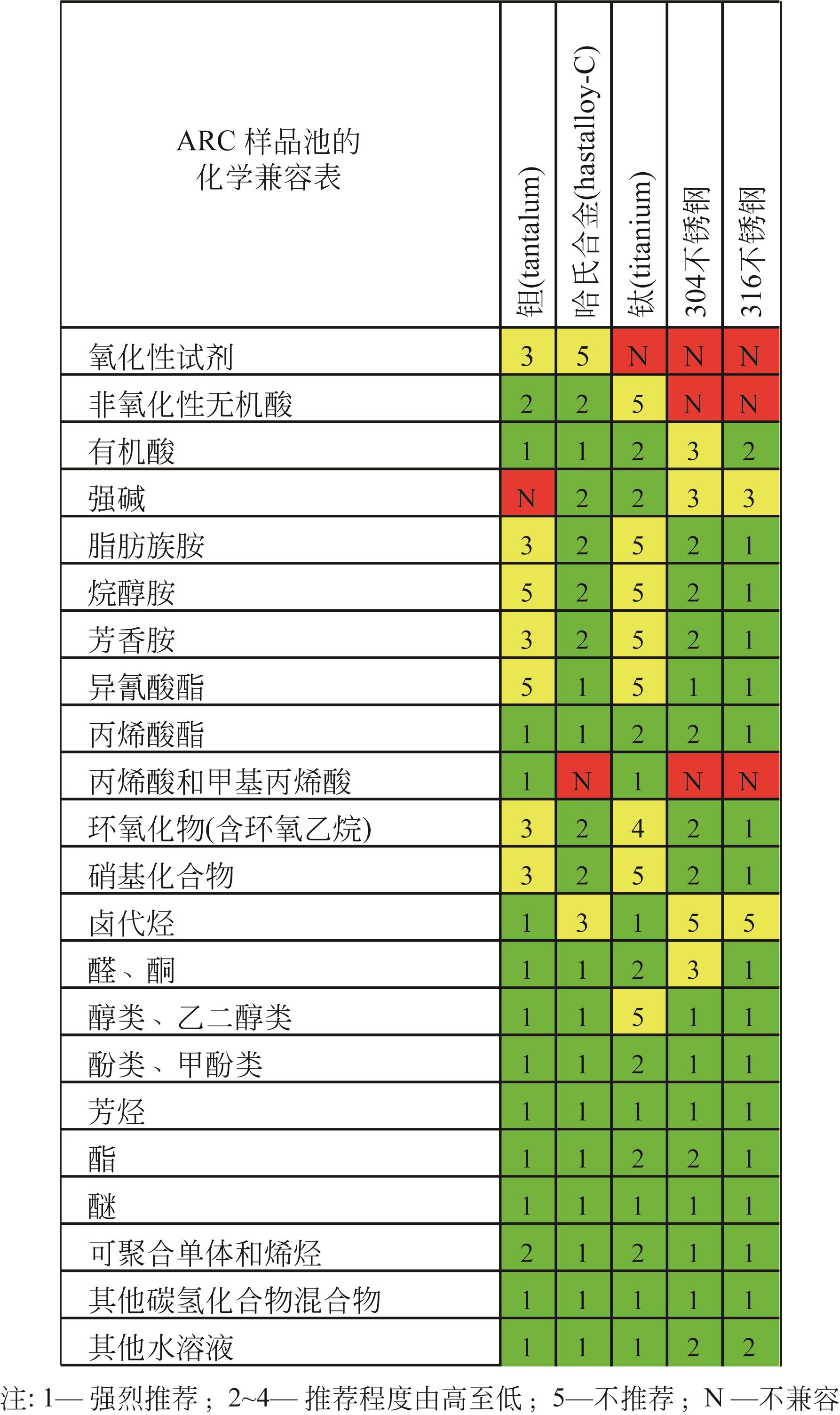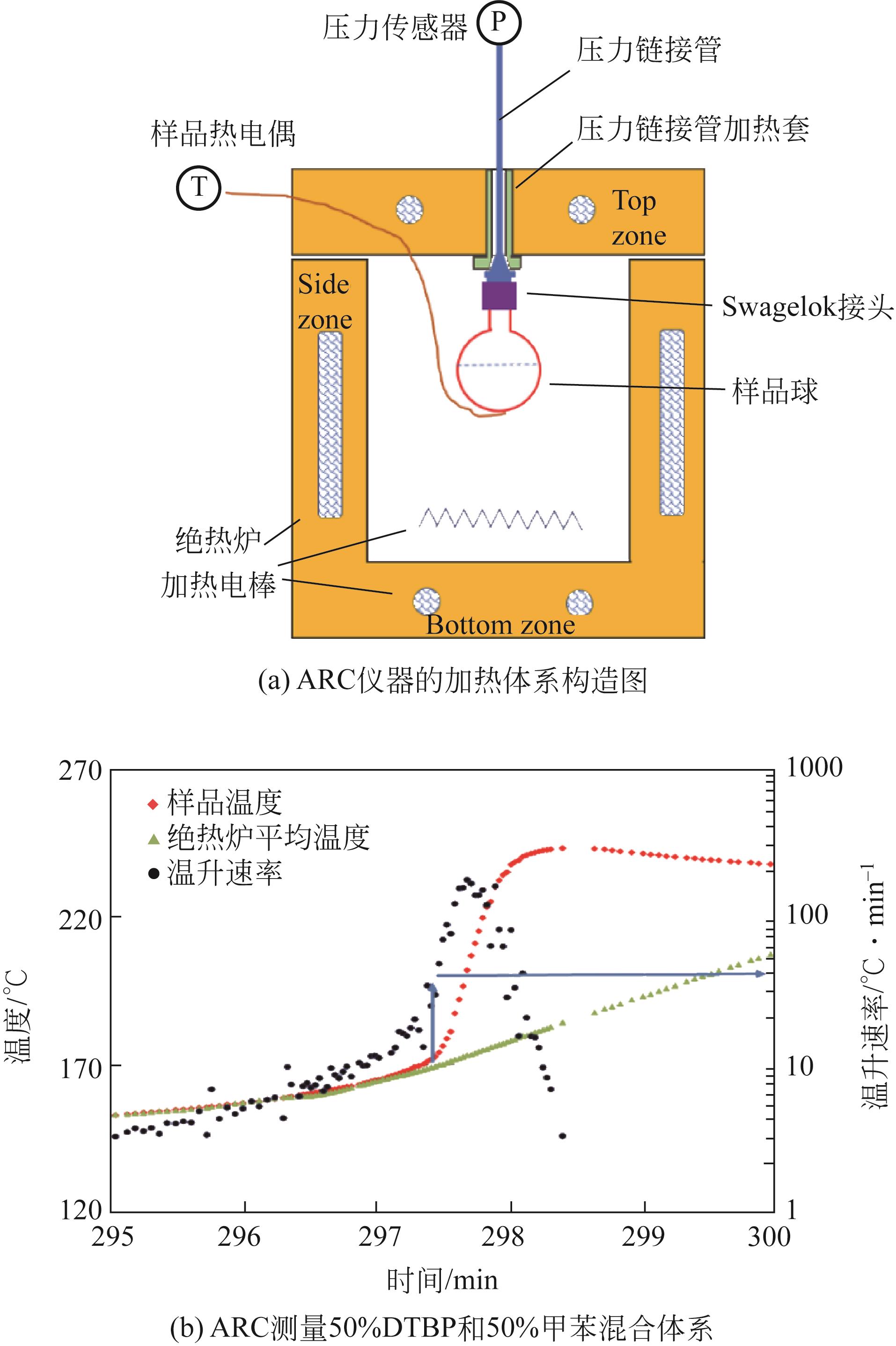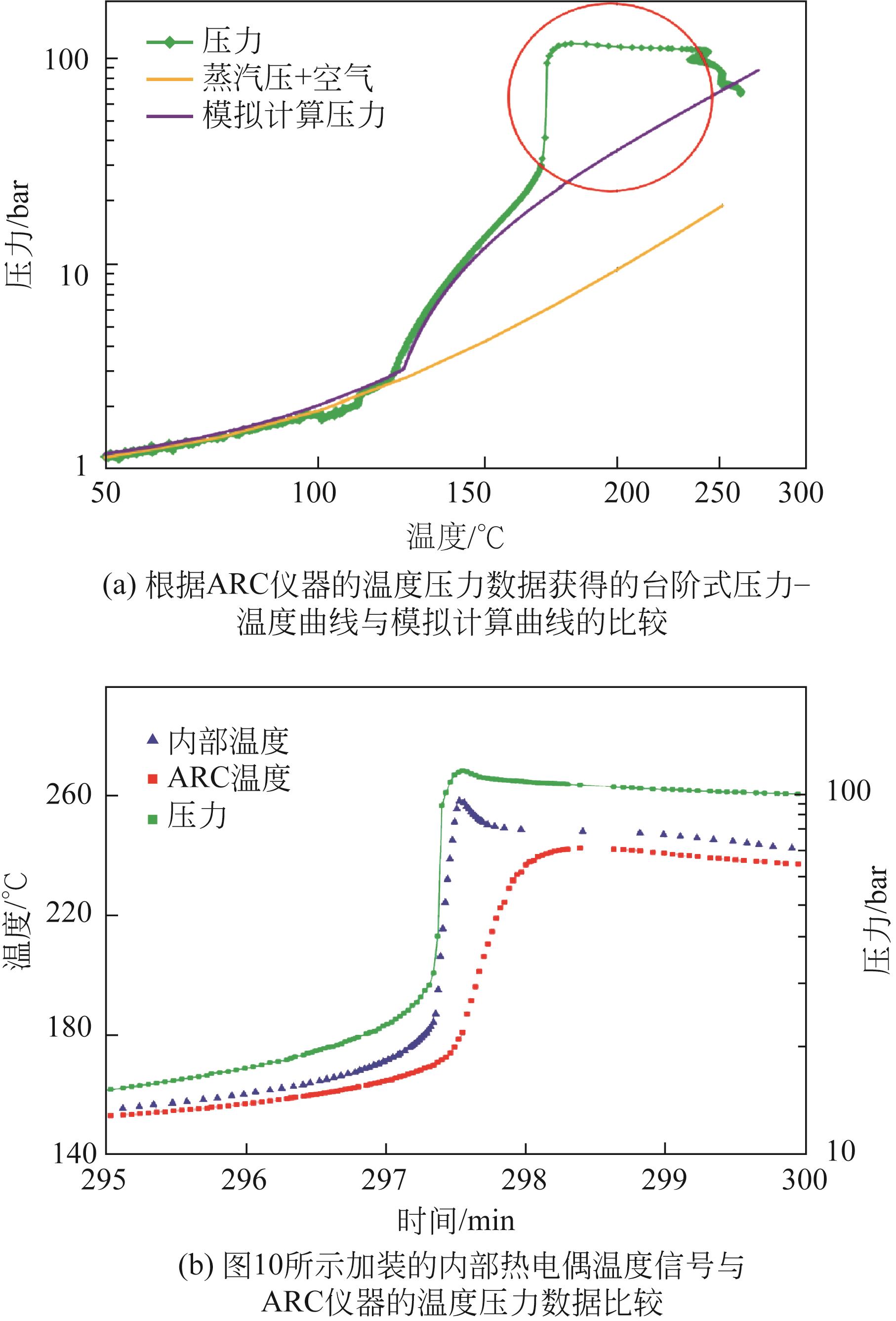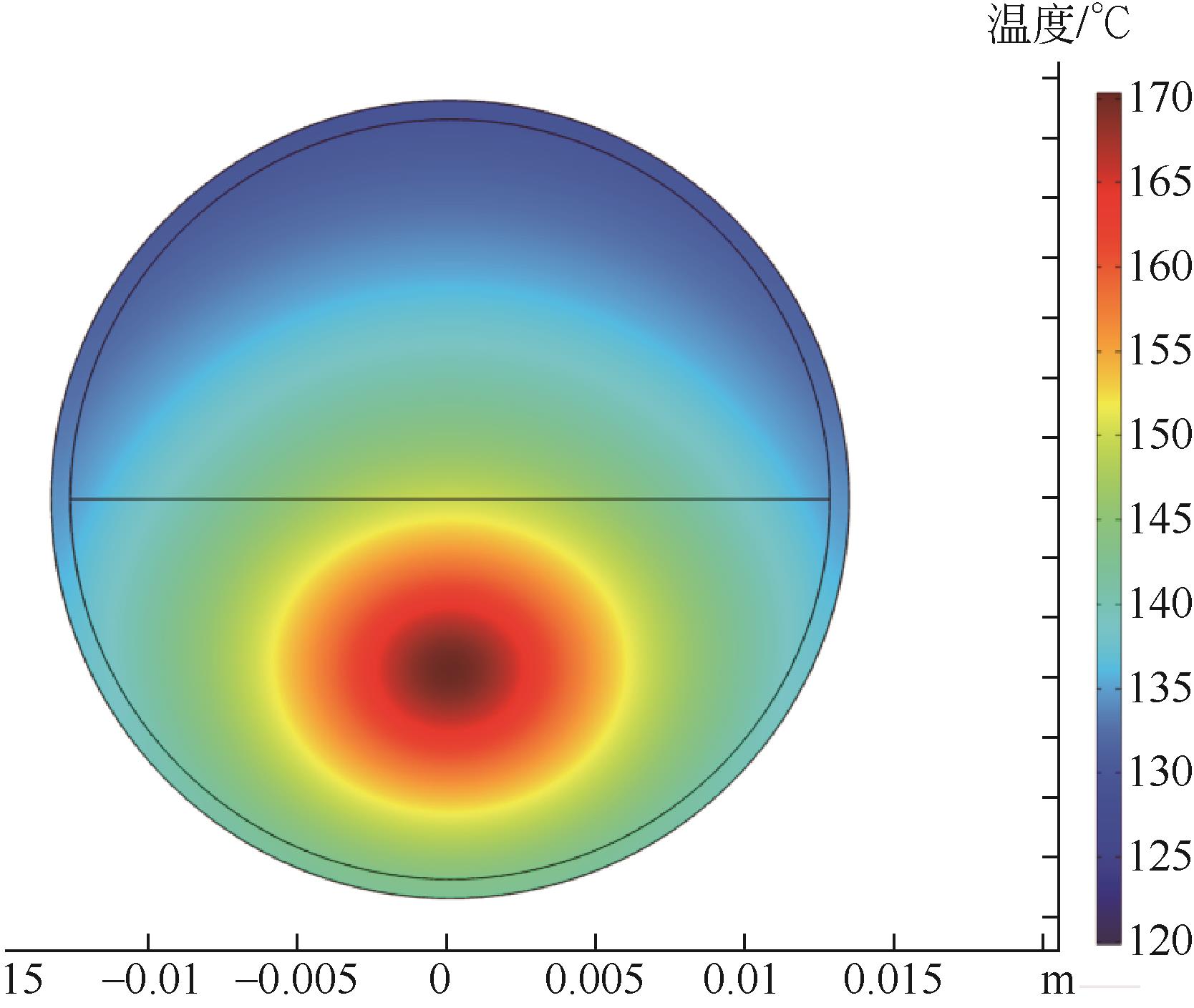| 1 |
TOWNSEND Donald I, SOLEM Richard H, TIMM Edward E, et al. Accelerating rate calorimeter and method of operation: US4208907[P]. 1980-06-24.
|
| 2 |
国家市场监督管理总局, 国家标准化管理委员会. 精细化工反应安全风险评估规范: [S]. 北京: 中国标准出版社, 2022.
|
|
State Administration for Market Regulation, Standardization Administration of the People's Republic of China. Specification for safety risk assessment of fine chemical reactions: [S]. Beijing: Standards Press of China, 2022.
|
| 3 |
钱新明, 刘丽, 张杰. 绝热加速量热仪在化工生产热危险性评价中的应用[J]. 中国安全生产科学技术, 2005(4): 13-18.
|
|
QIAN Xinming, LIU Li, ZHANG Jie. Accelerating rate calorimeter and its application in the thermal hazard evaluation of chemical production[J]. Journal of Safety Science and Technology, 2005 (4): 13-18.
|
| 4 |
丁黎, 王江宁, 郑朝民, 等. 绝热加速量热法研究高固体含量改性双基推进剂的热稳定性[J]. 固体火箭技术, 2013, 36(6): 786-790.
|
|
DING Li, WANG Jiangning, ZHENG Chaomin, et al. Thermal stability of modified double base(MDB) propellant with high solid content by accelerating rate calorimeter[J]. Journal of Solid Rocket Technology, 2013, 36(6): 786-790.
|
| 5 |
高贫. 加速量热仪在火炸药检测中的应用[J]. 爆破器材, 2006(1): 35-37.
|
|
GAO Pin. Application of accelerating rate calorimeter in the test of propellants and explovies[J]. Explosive Materials, 2006(1): 35-37.
|
| 6 |
TOWNSEND D I, TOU J C. Thermal hazard evaluation by an accelerating rate calorimeter[J]. Thermochimica Acta, 1980, 37(1): 1-30.
|
| 7 |
STOESSEL Francis. Thermal safety of chemical processes[M]. 2nd ed. German: Wiley, 2020.
|
| 8 |
刘伟, 刘中星, 王建龙, 等. 基于加速量热仪的3,4-二硝基吡唑绝热分解分析[J]. 科学技术与工程, 2018, 18(14): 121-125.
|
|
LIU Wei, LIU Zhongxing, WANG Jianlong, et al. Adiabatic decomposition analyses of 3,4-dinitropyrazole by accelerating rate calorimeter[J]. Science Technology and Engineering, 2018, 18(14): 121-125.
|
| 9 |
邵英杰, 李翠清, 陈思凝, 等. 丙烯酸热稳定性及三种阻聚剂的影响[J]. 当代化工, 2021, 50(12): 2844-2848.
|
|
SHAO Yingjie, LI Cuiqing, CHEN Sining, et al. Thermal stability of acrylic acid and effect of three kinds of polymerization inhibitors[J]. Contemporary Chemical Industry, 2021, 50(12): 2844-2848.
|
| 10 |
WEI Tongtong, JIANG Huiling. Venting design for di-tert-butyl peroxide runaway reaction based on accelerating rate calorimeter test[J]. Chinese Journal of Chemical Engineering, 2012, 20(4): 710-714.
|
| 11 |
魏彤彤, 钱新明, 袁梦琦. 过氧化环己酮储运热危险性评价[J]. 东北大学学报(自然科学版), 2016, 37(5): 726-730.
|
|
WEI Tongtong, QIAN Xinming, YUAN Mengqi. Thermal hazard evaluation of cyclohexanone peroxide in storage and transport[J]. Journal of Northeastern University (Natural Science), 2016, 37(5): 726-730.
|
| 12 |
MIYAKE Atsumi, SUMINO Motohiko, Yasushi OKA, et al. Prediction and evaluation of the reactivity of self-reactive substances using microcalorimetries[J]. Thermochimica Acta, 2000, 352/353: 181-188.
|
| 13 |
KOSEKI Hiroshi. Study on risk evaluation of hydroxylamine/water solution[R]. Mary Kay O’Connor Process Safety Center Second Annual Symposium, 2001.
|
| 14 |
LIU Huiping, GU Lanyun, ZHU Peng, et al. Evaluation on thermal hazard of ter-butyl hydroperoxide by using accelerating rate calorimeter[J]. Procedia Engineering, 2012, 45: 574-579.
|
| 15 |
YANG Qiang, CANTURK Belgin, GRAY Kaitlyn, et al. Evaluation of potential safety hazards associated with the suzuki-miyaura cross-coupling of aryl bromides with vinylboron species[J]. Organic Process Research & Development, 2018, 22(3): 351-359.
|
| 16 |
CARDILLO Paolo. Thermal de composition of 3-amino-5-methyl isoxazole[J]. Journal of Loss Prevention in Process Industries, 1988, 1(1): 46-47.
|
| 17 |
SHENG Min. Practical use of ARC analysis for thermal stability evaluation in Corteva[R]. Purdue P2SAC Conference, 2021.
|
| 18 |
SHENG Min, VALCO Daniel, TUCKER Craig. Heat loss in accelerating rate calorimetry analysis and thermal lag for high self-heat rates[J]. Organic Process Research & Development, 2021, 25(1): 108-119.
|
| 19 |
DUTTA S, Heat transfer-limited systems in adiabatic calorimetry[R]. AICHE/CCPS Conference, 2022.
|
| 20 |
SHENG Min, VALCO Daniel, TUCKER Craig. Practical use of differential scanning calorimetry for thermal stability hazard evaluation[J]. Organic Process Research & Development, 2019, 23(10): 2200-2209.
|
| 21 |
DUTTA S. Heat-transfer limited systems in Adiabatic Calorimetry[R]. DIERS Spring Conference, 2023.
|
 ), SHENG Min1,2(
), SHENG Min1,2( )
)
